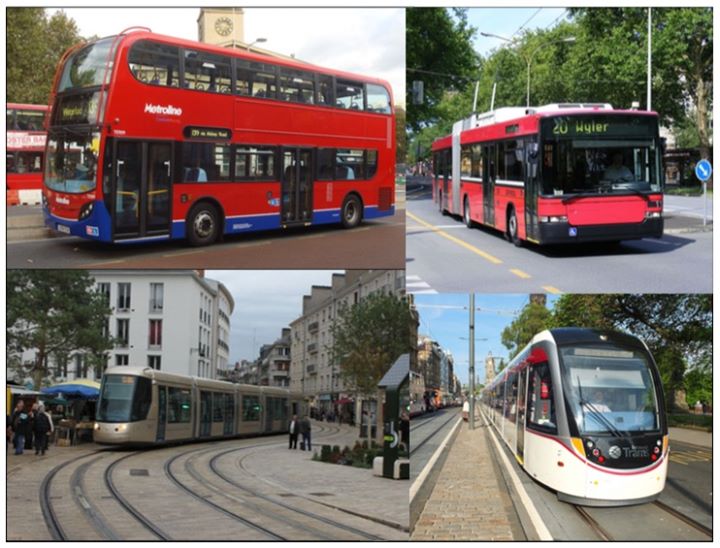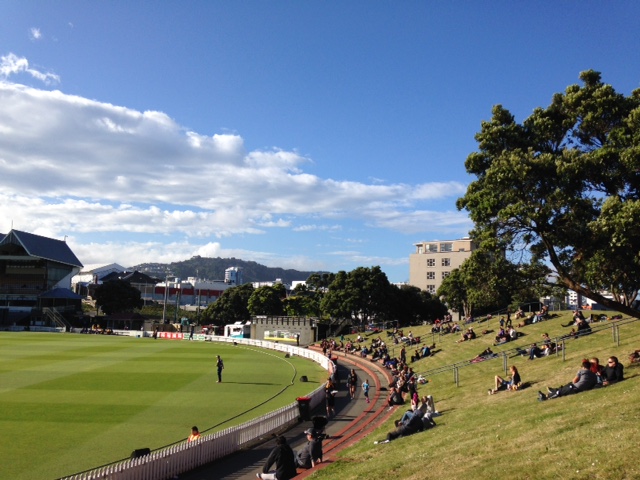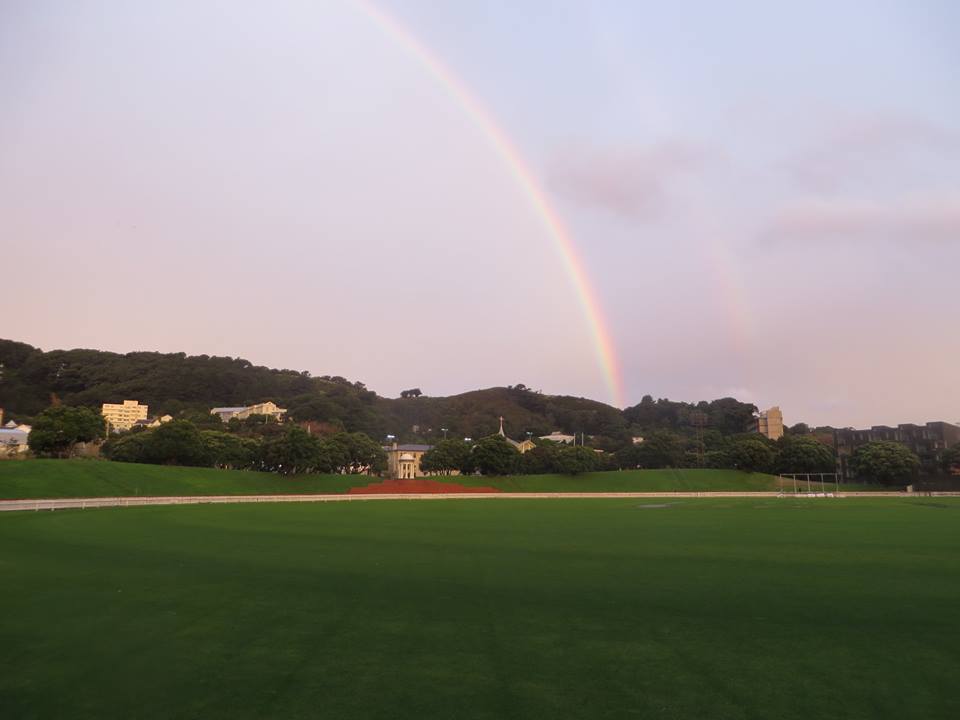
The Ngauranga to Airport Governance Group has completed the first phase of the Let’s Get Welly Moving process, and is now calling for proposals on proposed transport solutions.
But what principles and what process will be used to assess those proposed solutions? Given NZTA’s approach to the Basin Reserve flyover project, in which the movement of cars was prioritised above all else, it’s vital that the assessment process acknowledge that moving cars from Point A to Point B is neither the only, nor the most important, priority.
With many other groups, Save the Basin took part in a process in 2015 to develop engagement and assessment principles under the aegis of Grant Robertson MP. These principles were agreed upon and delivered to the Governance Group before the engagement process started. The Save the Basin Committee has recently reviewed them, and we still think they are the best basis on which to conduct the assessment. Here they are:
- THAT transport solutions at the Basin precinct are developed as part of tangible steps to reduce the City’s carbon footprint.
- THAT the cultural, heritage, recreational and amenity values of the Basin Reserve precinct are protected and enhanced.
- THAT public access to and use of the Basin precinct is preserved and improved.
- THAT access planning balances the needs of all transport flows – walking, cycling, and public transport, as well as private vehicles.
- THAT public access and traffic improvements are robustly informed.
- THAT the focus for improvements start with simple at-grade solutions.
- THAT conflict between different access modes is minimised.
- THAT a transparent and replicable approach is adopted to the sharing of data and information, enabling all parties to understand bring expertise to the table.
- THAT alternatives / future options are kept open (future proofed).
Principles 1 and 9 are of particular note. With the Government now having committed to greenhouse gas reduction targets under the Paris Agreement, and with Wellington City Council’s recent CEMARS certification, it is now even more critical that whatever solution is developed needs to actively contribute to meeting greenhouse gas emission reduction goals and targets – and should certainly not make greenhouse gas emissions worse, for example by inducing traffic.
As for Principle 9, the rapid changes in both transport behaviour and transport technology to which attention was paid at the Basin Bridge Board of Inquiry, have since continued and intensified. This means that this would be a particularly bad time to be committing Wellington to major new roading infrastructure that might rapidly become a stranded asset. This provides further support to Principle 6, which is where we believe the focus for solution development in and around the Basin precinct should be placed.
Plus….
It was good to see some respect for Save the Basin in this Dominion Post editorial on the future of the Basin Reserve: http://www.stuff.co.nz/dominion-post/comment/editorials/80486839/editorial-speed-up-the-renewal-of-the-basin-reserve

